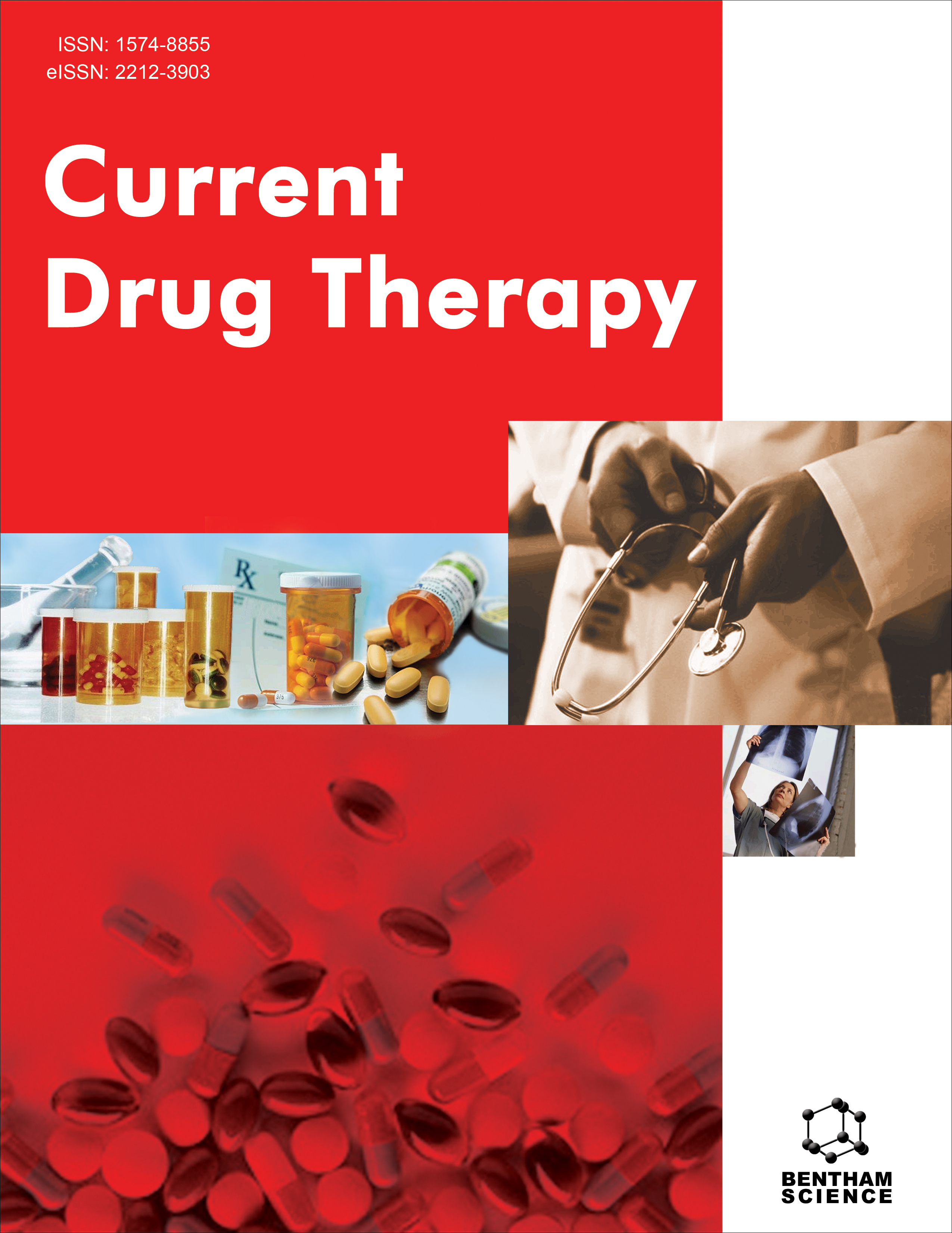-
s Oleic Acid Vesicles for Transdermal Delivery of Propranolol Hydrochloride: Development and Characterization
- Source: Current Drug Therapy, Volume 15, Issue 3, Jun 2020, p. 238 - 248
-
- 01 Jun 2020
Abstract
Background: Pharmaceutical scientists are exploring the transdermal route for the treatment of various systemic diseases nowadays. Transdermal nanocarrier systems show various advantages like bioavailability enhancement of drugs, avoidance of first-pass hepatic metabolism, and reduction of dosing frequency of bioactive therapeutic molecules. Objective: The objective of the present research work was to encapsulate Propranolol hydrochloride into oleic acid vesicles and carry out in-vitro and in-vivo evaluation of oleic acid vesicular gel containing Propranolol hydrochloride. Methods: Propranolol hydrochloride loaded oleic acid vesicles were prepared by exploring the thin film hydration method. Developed vesicles were evaluated for morphology, size, zeta potential and Polydispersity Index (PDI). Thermal behavior of drug-loaded vesicles was checked using Differential Scanning Calorimetry (DSC) and depth of skin penetration was determined using Confocal Laser Scanning Microscopy (CLSM). Oleic acid vesicles dispersed in Carbopol 934R gel were subjected to in-vivo evaluation in male Sprague Dawley rats through measurement of plasma concentration and tissue distribution of Propranolol hydrochloride. Results: Optimized formulation having oleic acid: Propranolol hydrochloride in the ratio 7 : 3 showed highest entrapment (56.1 ± 0.7%), acceptable size (291.3 ± 2.2 nm), the optimum value of PDI (0.219 ± 0.043) and zeta potential (-27.13 ± 0.25 mV). The results of DSC analysis showed effective encapsulation of drug inside the vesicles and CLSM analysis revealed penetration of vesicles up to stratum spinosum layer of skin. The results of in-vivo study revealed capability of vesicular gel to prolong the release of Propranolol hydrochloride up to 24 h with a Cmax value of 83.6 ± 3.0 ng/mL which was higher compared to the marketed tablet of Propranolol hydrochloride [Inderal R (40 mg), Abbott India Ltd.] (45.6 ± 3.1 ng/mL). Tissue distribution studies revealed higher percentage of Propranolol hydrochloride in various organs after 24 h of administration of vesicular gel compared to marketed tablet. Conclusion: Developed oleic acid vesicular gel could be effective to reduce dosing frequency and avoid side effects of oral Propranolol hydrochloride.


